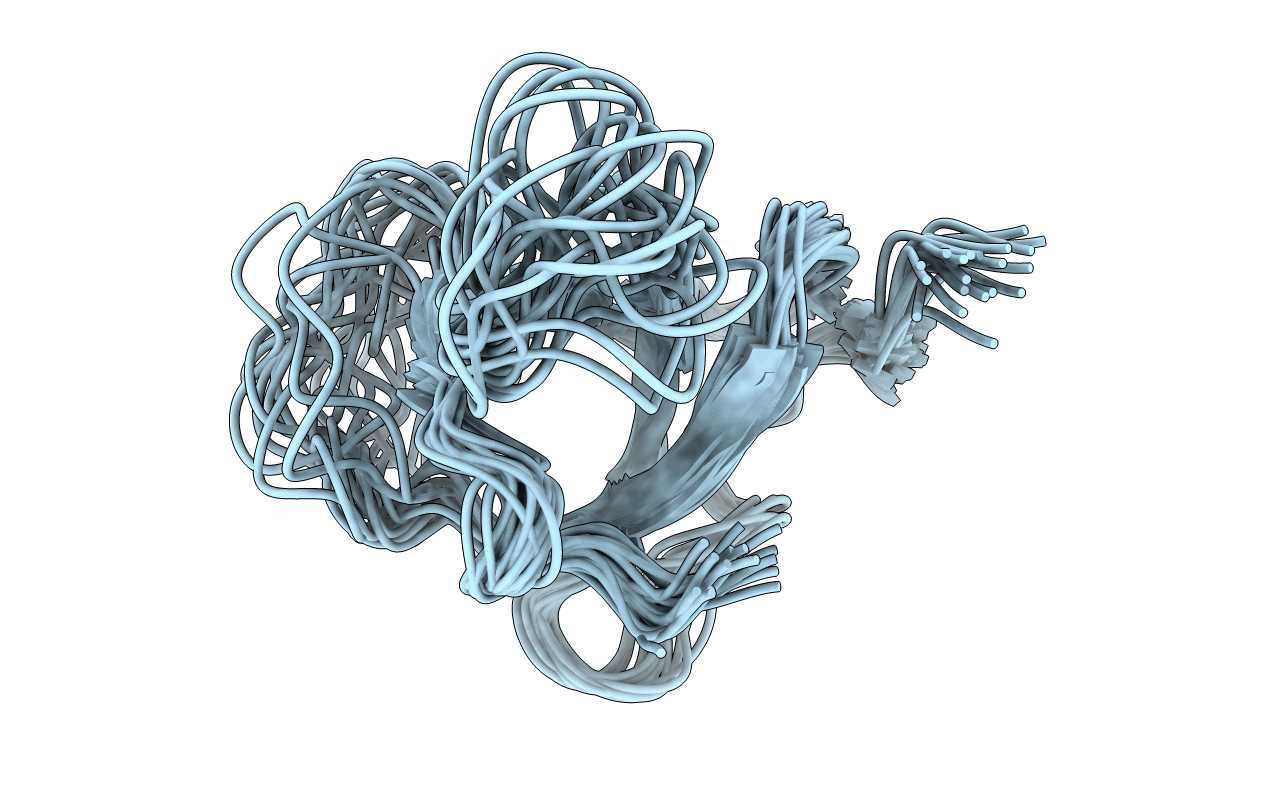
Deposition Date
2011-07-06
Release Date
2012-01-25
Last Version Date
2024-10-30
Entry Detail
PDB ID:
2LFN
Keywords:
Title:
Identification of the key regions that drive functional amyloid formation by the fungal hydrophobin EAS
Biological Source:
Source Organism:
Neurospora crassa (Taxon ID: 367110)
Host Organism:
Method Details:
Experimental Method:
Conformers Calculated:
1000
Conformers Submitted:
20
Selection Criteria:
structures with the lowest energy


